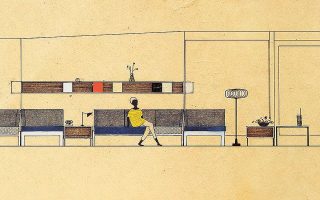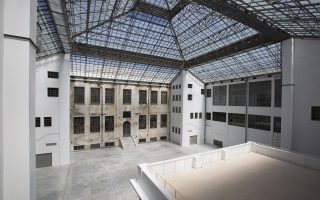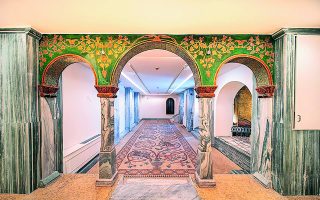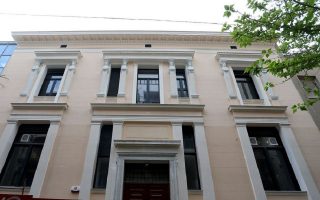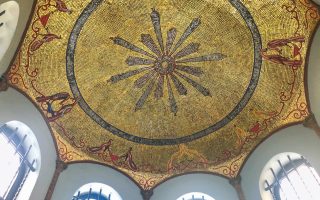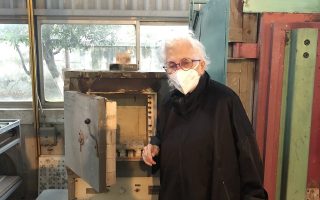Revealing the secrets of Therasia’s little-known cave houses
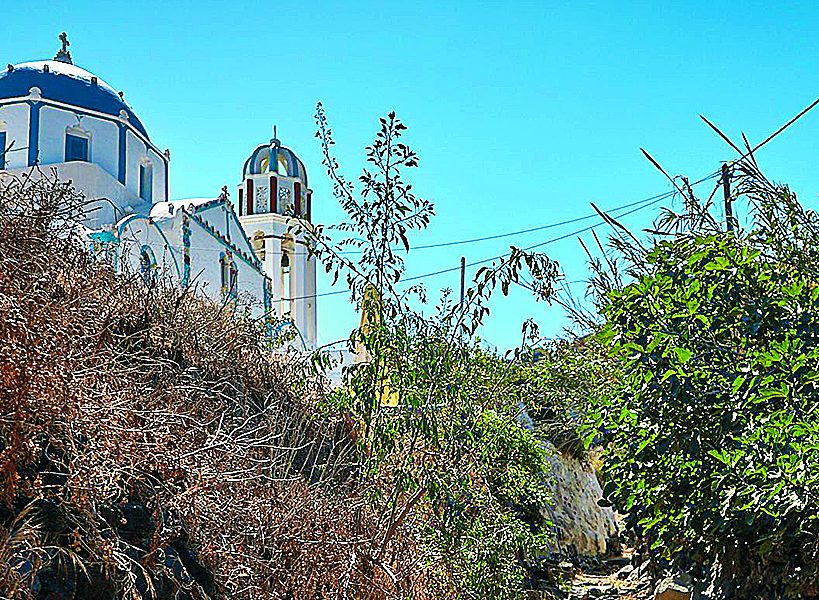
The cave structures of Therasia, a tiny island near the world famous tourism destination of Santorini, are the focus of a three-day event that began Friday. Organizers aim to explore the traditional building techniques involved in the construction of the iconic underground homes and reveal their secrets to the contemporary generation of craftsmen working in restoration projects.
The event, code-named “Under the Settlement: Therasia 2021-2022,” was initiated by Boulouki, a team of mostly architects with a keen interest in traditional building techniques. It is organized with the help of the Thera Municipality and the community of Therasia.
“Our guide was the interdisciplinary research carried out over the previous years in Therasia by a great team that started out with an excavation at a prehistoric site which is considered as important as [the prehistoric settlement of] Akrotiri on Santorini,” Panos Kostoulas, a founding member of Boulouki, tells Kathimerini.
“Therasia is a small replica of Santorini that is not as developed tourism-wise and now lies almost unexplored as a result. Our work on Therasia is centered around Agrilia, an abandoned settlement of cave houses that was gradually deserted over the 1960s and 70s,” he says. Only a single inhabitant is left today.
Research focuses on the volcanic tephra known among locals as “aspa,” which was in old times used as a building material. “We began talking to old craftsmen from Santorini before proceeding with laboratory analysis of the materials. Craftsmen used to build with limestone and aspa. What we examined was the proportions they used, the granulometry, the method of application,” Kostoulas says. The findings of their research will be tested in August and September with a restoration project on a cobblestone path, also known as “kalderimi,” and two underground cisterns, in Agrilia.
“Theran earth is a pyroclastic material, consisting of fragments of volcanic rock, pumice and crystals. The coatings and mortars used in Agrilia were made of sifted Thera earth and limestone. These are the materials that the locals had at their disposal and that is why they developed and perfected techniques over the years which carry a great deal of wisdom,” explains Christos Papatrechas, a petrologist. “Let’s not forget that Theran earth was a material famous for its properties and that it was exported up until a few decades ago. Many important projects, such as the port of Trieste and the Suez Canal, were built using Theran earth,” he says.
“By understanding local materials and techniques and by developing new compatible restoration materials, we can formulate an approach that meets the modern guidelines of cultural heritage protection,” says Kostoulas.
During the three-day event, participants will also clean the Agrilia kalderimi. Students from the Athens School of Fine Arts will create sculptures using Theran earth in August and September.
